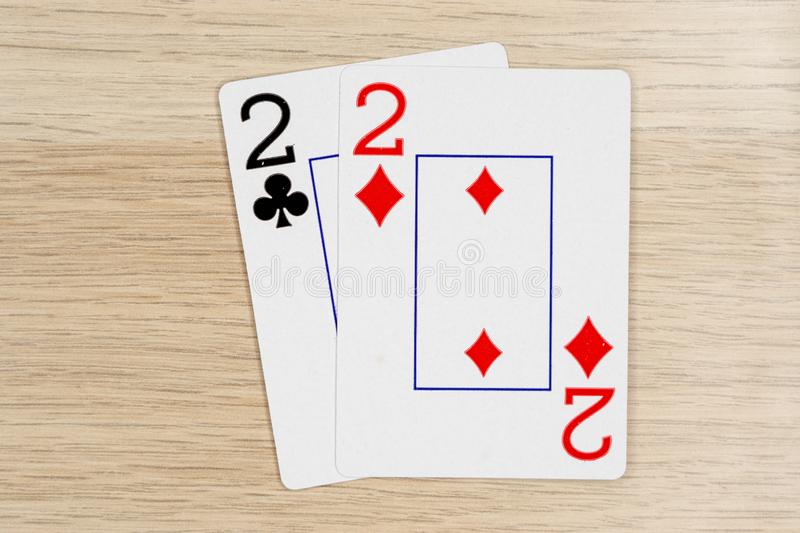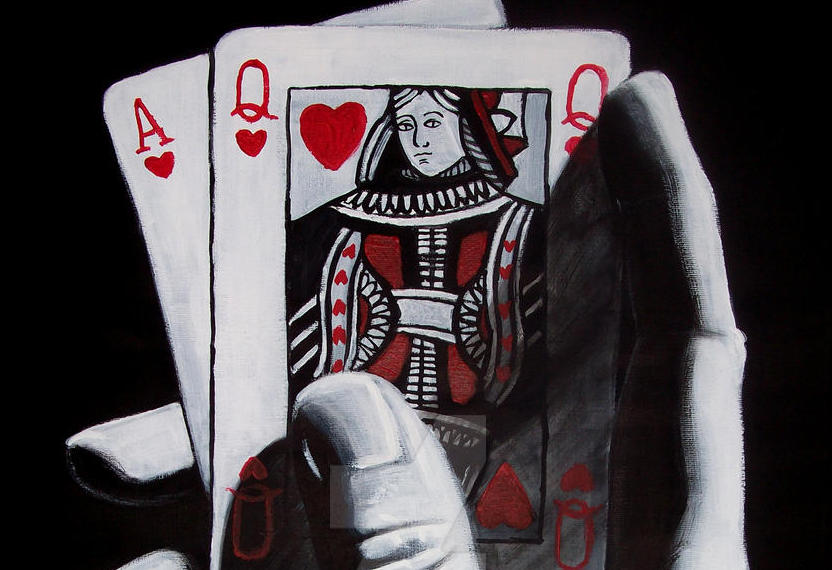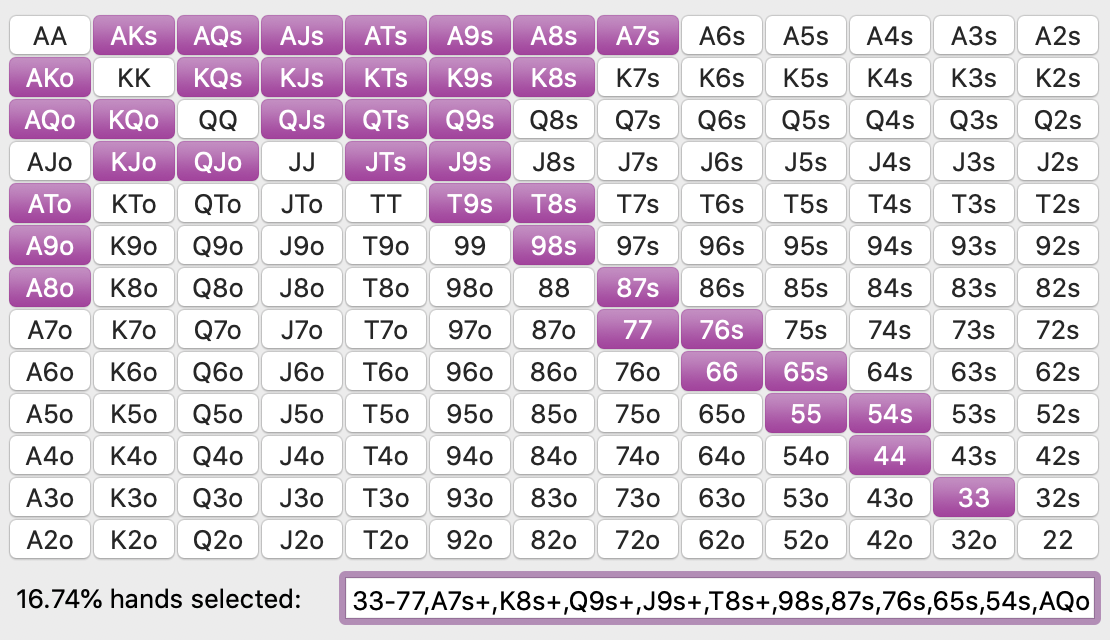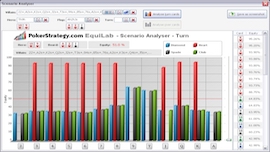
In our last article we discussed equity realisation, which is how often your hand gets its rightful share of the pot.
To make money at poker you want to maximise your equity realisation, you also want to minimise your opponent’s equity realisation.
The second part of the equation we achieve with a concept called equity denial.
What is equity denial?

Equity denial refers to when we make our opponent fold a hand that has good equity against our hand or range.
This is not a bluff, which is when we make our opponent fold the best hand. We usually have the best hand when we deny equity. Even though we have the best hand, equity denial is not a value bet either, because we don’t want our opponent to call.
Let’s give an example to show how equity denial is valuable.
You have 55 and the flop is 988.
You have the best hand here a lot of the time, but there are few turns and rivers you want to see. Another heart could make a flush, a 6,7,10 or Jack could make a straight, another nine would counterfeit your pair and any card 10 or higher could give your opponent a better pair, assuming they didn’t have one already. If we give our opponent this capped range:

Against pocket fives your opponent has 55% equity, they are the favourite to win, if they are allowed to realise their equity. That means checking to pot control or bluffcatch would be a disaster on this flop. Much better to bet with the best hand, hoping to get your opponent to fold so they cannot realise their equity. You deny them 55% equity when they fold.
In comparison, a hand like KT on a K72 flop might be the sort of hand when checking to induce a bluff is the better option. If you bet you only really get called by strong hands, when you check you are not worried about people hitting draws, the only high card you don’t want to see is an Ace and if they do pick up a pair it is going to be second best to yours.
The example we have picked to demonstrate equity denial is a really obvious example that shows the difference between best hand right now and best equity right now, but equity denial is a concept you should factor in whenever you have a hand for which there are scary turns and rivers.
Related Resources

Odds & Outs
Our regular Twitch coach LemOn36 makes this basic lesson fun and easy to follow

Get our free software
Our Equilab tool will teach you everything you need to know about odds and equity in poker